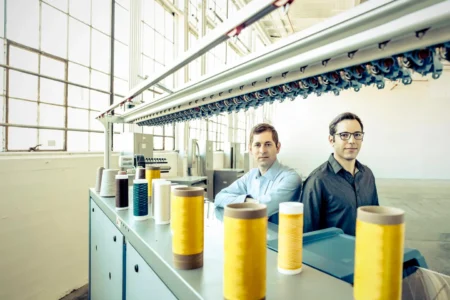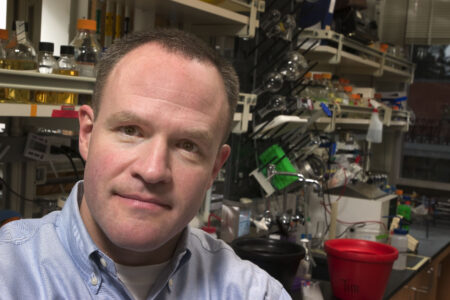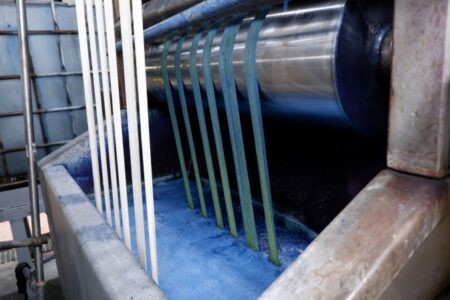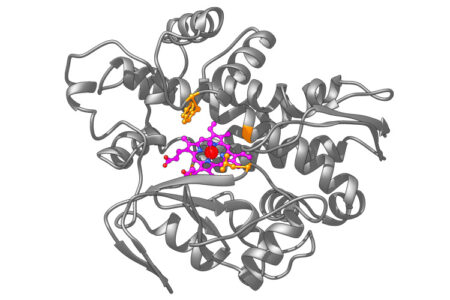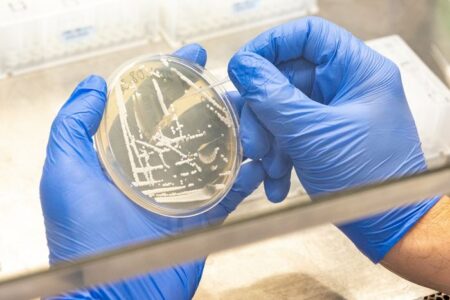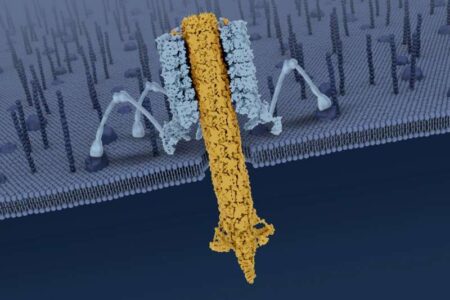Systems and Synthetic Biology
Recent news:
Bolt Threads, a company co-founded by BioE PhD alumnus David Breslauer, plans to go public in a SPAC deal that values the one-time unicorn at $250 million. Bolt Threads uses synthetic biology and other techniques to sustainably produce engineered biomaterials, including synthetic spider silk and mushroom-based faux leather.
In a new paper in Nature Chemical Biology, Professor Adam Arkin and collaborator Vivek Mutalik report advances in understanding phage biology that bring us closer to using these small predators to fight antibiotic-resistant bacteria.
New research led by Professor Jay Keasling took inspiration from an extraordinary antifungal molecule made by Streptomyces bacteria to develop a totally new type of fuel that has projected energy density greater than the most advanced heavy-duty fuels used today, including the rocket fuels used by NASA.
Congratulations BioE startup Huue and founder PhD alumna Tammy Hsu! Huue’s process for creating environmentally friendly indigo dye through synthetic biology has been named one of Time Magazine’s Best Inventions of 2021.
Berkeley researchers, including Professor Jay Keasling, have for the first time engineered bacteria to produce a molecule that, until now, could only be synthesized in a laboratory. This advance opens the door to production of a broader range of chemicals from yeast and bacterial fermentation.
Alumni-founded company Lygos is featured in the Wall Street Journal for their efforts to produce targeted cannabinoid compounds through synthetic biology.
The scientists at Berkeley Lab who have pioneered the infinitely-recyclable plastic, PDK, are collaborating with Professor Jay Keasling to design a process for producing PDK polymers using precursor ingredients made through synthetic biology instead of industrial chemicals, for an eco-friendly full lifecycle product.
Adam Arkin’s lab is leading research to harness tailocins – protein machines made by bacteria that are able to target and attack very specific strains of bacteria. They hope to understand and use these natural spring-powered microneedles to study the microbiome, and eventually to attack and treat harmful infections.
- « Previous
- 1
- 2
- 3
- 4
- Next »


